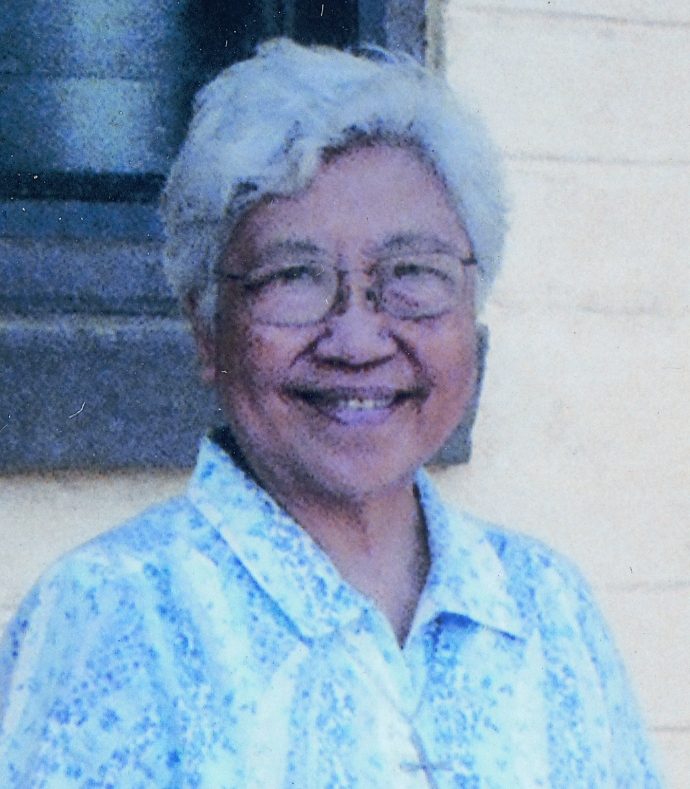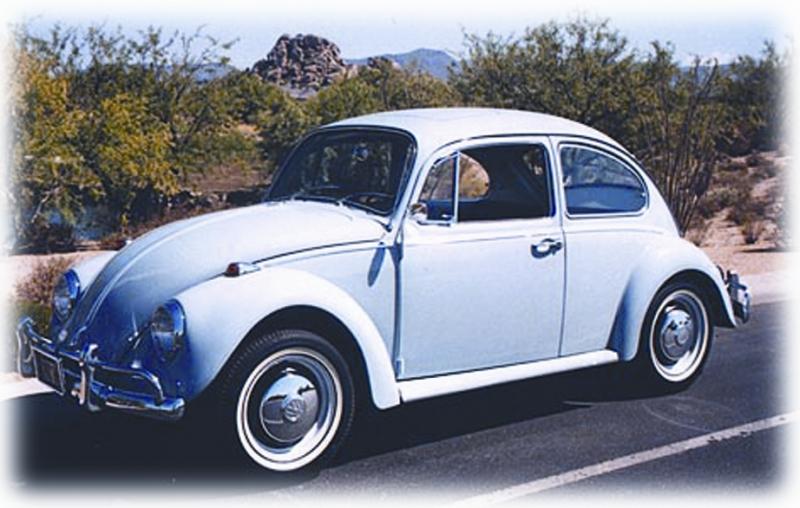Strange Encounter
By Sr Grace Dorothy Lim MM

In a while a gentleman, rather elderly, stopped in front of me and asked, ‘Are you a nun?’ ‘Yes,’ I said.
‘Are you a Filipina?’
‘Yes, sir,’ I responded.
He looked at his watch and asked, ‘It’s noon time Have you eaten lunch?’
‘Not yet. I was going home.’
‘No wonder you’re faint. Can I take you to lunch?’
I was grateful for his company. He was kind, well dressed and well-mannered.
I had first gone to Hawaii in 1954. I returned there in 1969 after some study leave. As is the custom, I presented myself to Bishop John J. Scanlan of Honolulu, who had requested the Maryknoll Sisters to send me to his diocese. He was pleased to see me and asked if I spoke Ilocano and whether I was ready to start work among the Filipinos. I was to start from scratch. Having just finished my studies at the East Asian Pastoral Institute (EAPI) and graduating with MA in Religious Education from Ateneo de Manila University, I felt ready and equipped to launch a pastoral program.
But what a downer! Bishop Scanlan welcomed me and was happy that I came, and was grateful to the Maryknoll Sisters for their speedy response to his request. But not only did he not have a program nor any plans for me, he didn’t have any funds for any program I might start. Noticing my surprise, he asked if the Maryknoll Sisters could support me. To be honest, I didn’t quite know how to respond to him, nor did I quite believe what I heard him say.
At my first meeting with Regional Board of the Maryknoll Sisters, I shared my experience with the bishop and asked them whether they had had any discussion prior to his invitation for me to come. They all laughed. I guess they knew their bishop!
I decided to do a survey of Filipino families and started going door-to-door. How did I know which house was a Filipino home? I looked at the yard. If there was an eggplant, a bitter melon vine or akalamonggay tree, I was sure that Filipinos lived there. This survey was going to take a long time, and walking in the heat of day wasn’t going to be easy. And when I got to a Filipino home, I wasn’t always sure to find people there. They might be at work and if there was someone tending the house, he or she was usually elderly.
I decided to go to the Aloha Office Building to visit service agencies that might be able to help me with whatever needs I might encounter on my home visitation. I took the bus downtown. What should have been a ten-minute ride became a 45-minute one. When I got on the bus, I told the driver I was going to Vineyard Street. I didn’t know that King Street was parallel to Vineyard Street. I sat in the bus enjoying my first trip through the town. Before I knew it, the bus pulled over to the terminal and I was the only passenger left on board.
The driver noticed me through the rear mirror and called, ‘Hey, Lady! Where are you going?’
‘When I got on, I told you to drop me off at Vineyard Street,’ said I.
‘Sweet petunia! Don’t you know that Vineyard and King are parallel and they never meet?’
‘I didn’t know that but I know that parallel lines never meet.’
So he laughed and told me to wait till he got some coffee. He took me back to town.
I was able to get a copy of the Service Agencies Directory, free. Others were curious about my future community volunteer work and some groups were already trying to ‘draft’ me to join them.
The gentleman and I continued to talk during lunch and he found out more about me. Was it coincidence? Surely it was God’s providence. My companion turned out to be the uncle my mother wanted me to locate when I got to Hawaii. She had no contact address or telephone number. The lunch turned into a beautiful visit, a reunion of a kind with Uncle Cleto. He had come to Hawaii before I was born and had never returned to the Philippines.
Uncle liked the work I was assigned to in Hawaii. ‘Good! Help the elderly Filipinos who are being ripped off by our own kind,’ he said, before asking, ‘How do you get around?’ ‘I walk or take a bus.’
I’m not sure how surprised he was when I said, ‘The bishop has no money and the Sisters hadn’t budgeted anything for me this fiscal year.’
‘Typical Church: no money! How can you do social work without a car? There are no jeepneys orcaratelas here to take you around.’
He paused and, after a while, said, ‘That won’t do. Your mother would never forgive me if you developed bad calluses on your feet.’
It was getting late. He had to go back to his office and I had to take the bus home. We promised to see each other again.
Next day Uncle Cleto phoned and told me to go to the Island Care Dealer near the airport and to bring my driver’s license. Another Sister drove me over. What a surprise when we got there! The dealer met us, looked at me and said, ‘Sister Grace?’ I nodded.
‘This way, please. Take your pick. And he pointed at the rows of large cars.
I gasped and said, ‘No!’
The streets of Kalihi were very narrow and I wondered if my uncle could really afford a big car. The dealer assured me that I wasn’t to worry about the cost. My uncle was well known to them. But we went home.
I called Uncle Cleto and he was excited to know which car I had chosen. When I told him that they were all too big for the streets of Kalihi and that very likely I’d bump every car I’d meet, he asked, ‘What kind of driver are you?’ We laughed. I told him I needed a small car.
The following day Uncle Cleto phoned again. He had made an arrangement with a US Navy nurse who was being reassigned to the mainland and had to sell her car, a Volkswagen Beetle, just what I wanted.
The bishop and the Maryknoll Sisters had no money. But God, whose generosity we can hardly imagine, sent me not only a VW Beetle but, in a way I couldn’t even dream of, a loving uncle.
You may contact Sr Grace at: St Anthony Convent, 702 Puuhale Road, HONOLULU,
HI 96819, USA.
